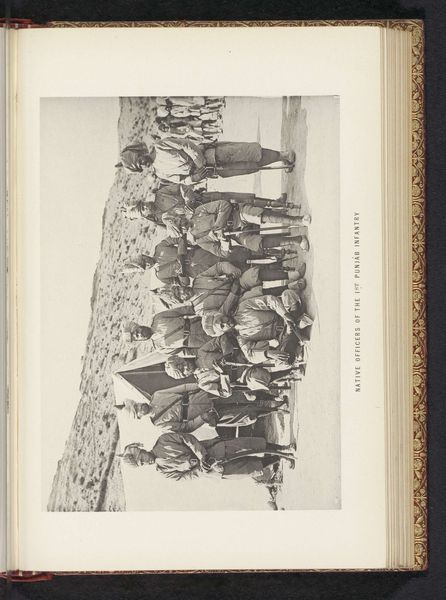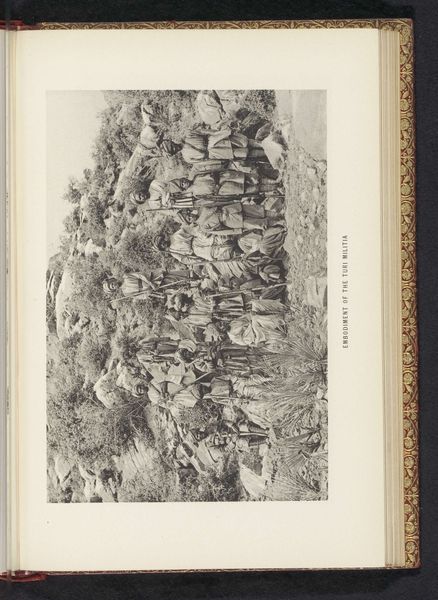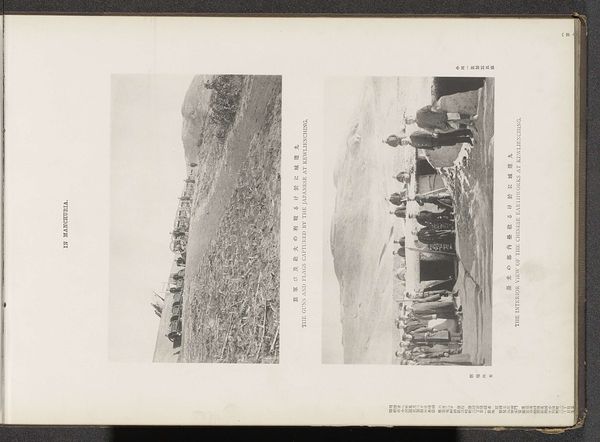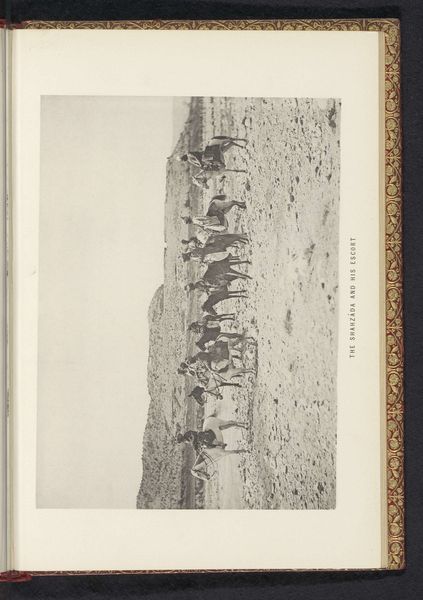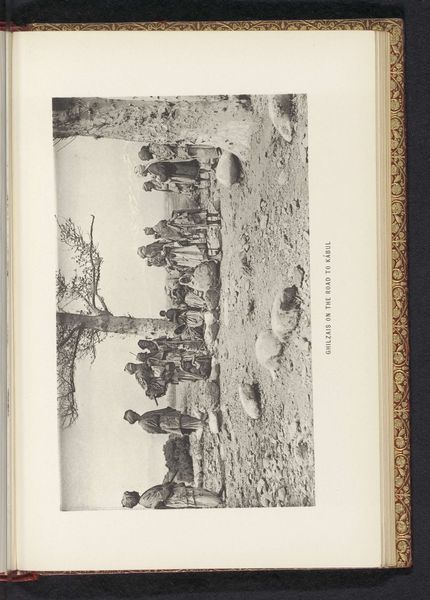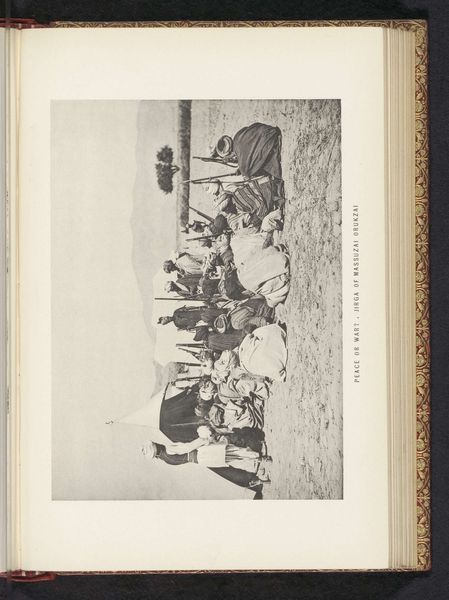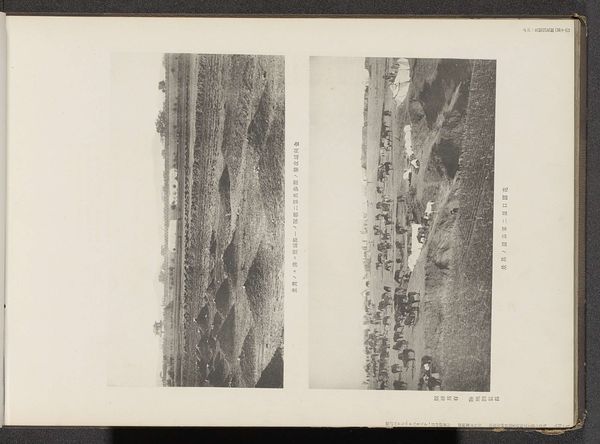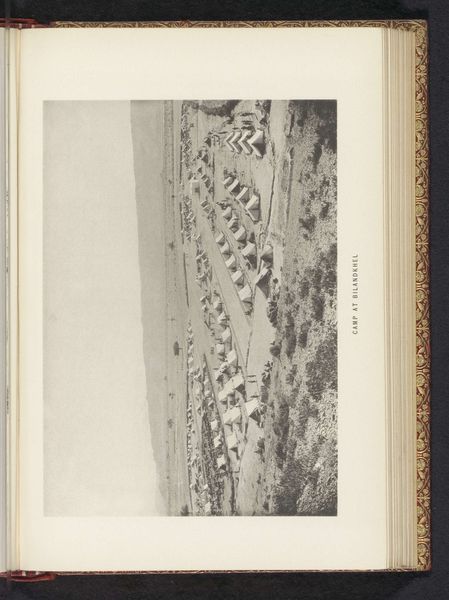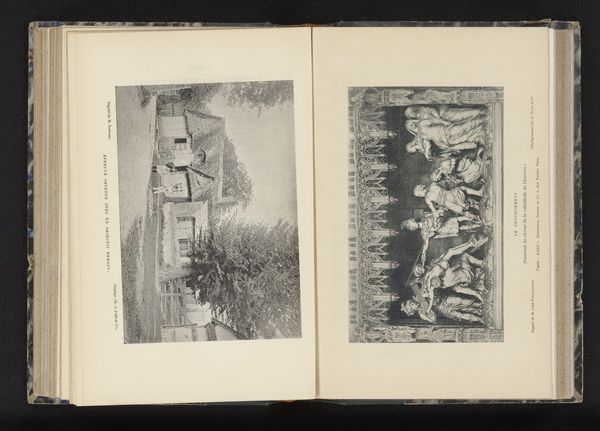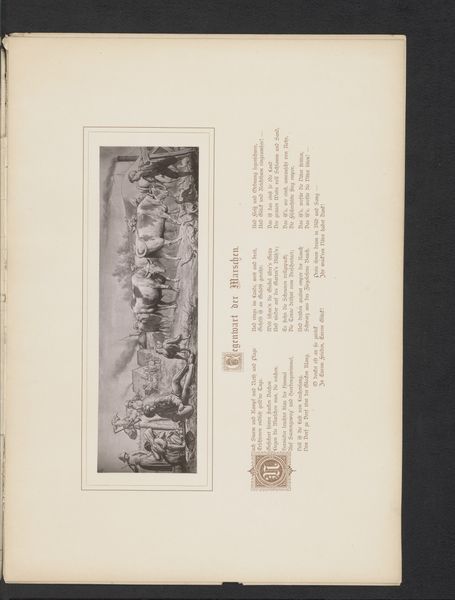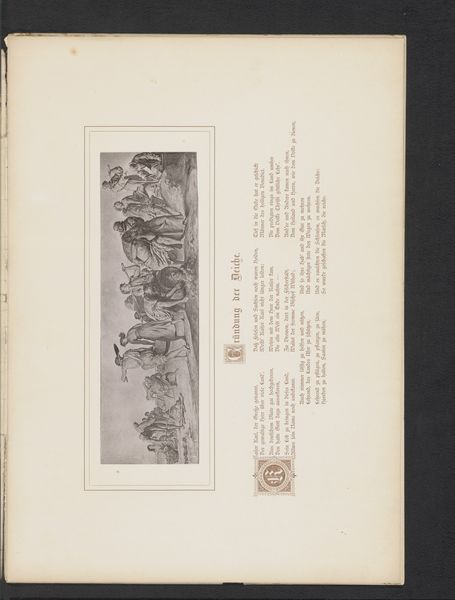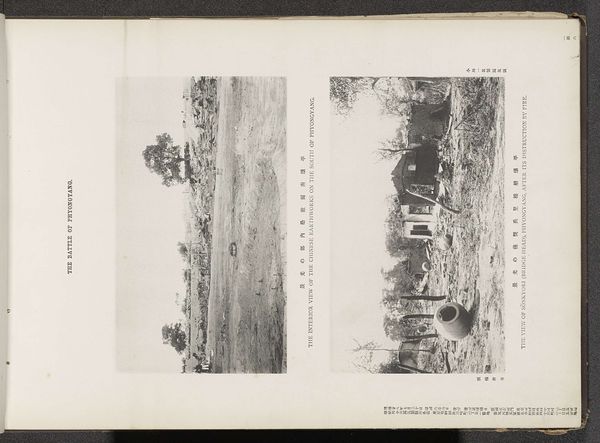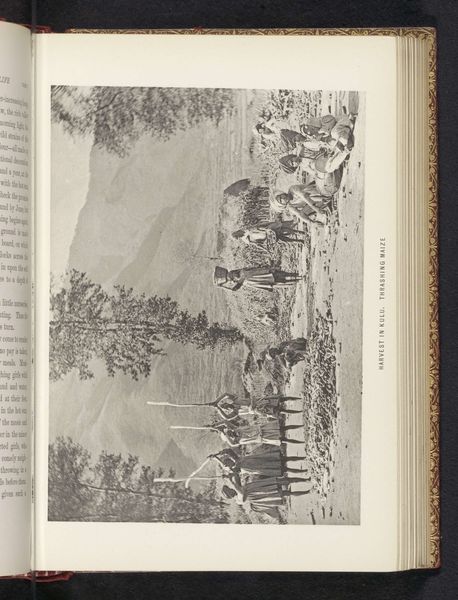
drawing, print, pencil
#
drawing
# print
#
landscape
#
coloured pencil
#
pencil
#
history-painting
#
academic-art
Dimensions: height 122 mm, width 168 mm
Copyright: Rijks Museum: Open Domain
Editor: So, this drawing, or maybe a print of a drawing, is called "Picket of the 2nd. Punjab Infantry," by Frederick Saint John Gore, made before 1895. I’m struck by the somewhat bleak, remote feel of it. How do you interpret this work? Curator: That bleakness, as you call it, is interesting. The artist clearly wants us to feel the isolation and the vulnerability of these men on the picket line. They’re standing against that dusty landscape… can you see how the land rises sharply behind them? Almost pressing in? It lends a certain anxiety, doesn't it? As though they’re exposed, not just to the elements, but to some unseen threat. I feel the history there too; a time of expansion and vigilance. What else catches your eye? Editor: I guess the details of the uniforms? I mean, for a drawing made so long ago, you can almost feel the weight of their packs and see the texture of their turbans. Does that hyper-realism contrast with the open landscape and contribute to a greater narrative? Curator: It absolutely does. That contrast… that almost painful clarity of detail… elevates it beyond a mere depiction of soldiers on duty. It's almost a stage, or frozen frame, in a much bigger play. Editor: So, it’s less about military accuracy and more about evoking a feeling or mood? Curator: Exactly! Frederick Saint John Gore isn't just documenting; he's whispering to us about the quiet burdens of duty, and the sense of place within an empire. Makes you think about what 'service' truly meant, doesn't it? Editor: Definitely! I went in seeing a line of soldiers, but now I see it's all those hidden stories. Thank you. Curator: And thank you! Art whispers, if we pause long enough to listen.
Comments
No comments
Be the first to comment and join the conversation on the ultimate creative platform.
